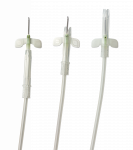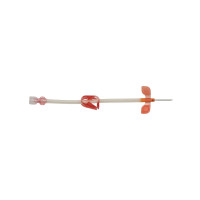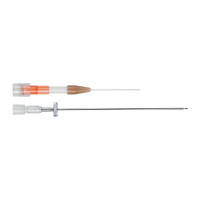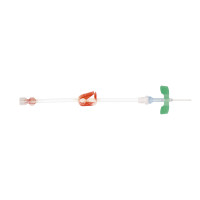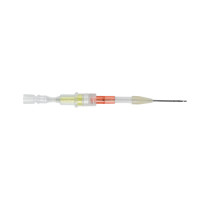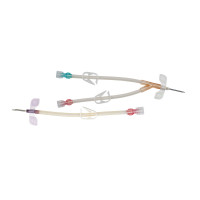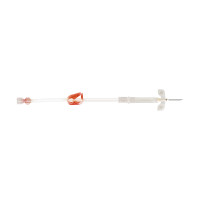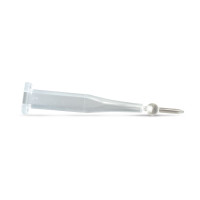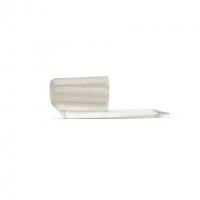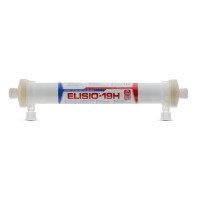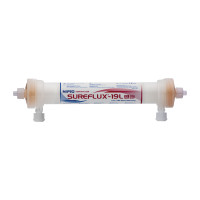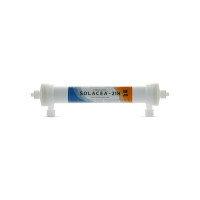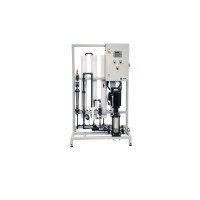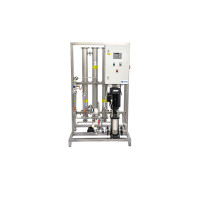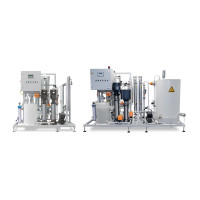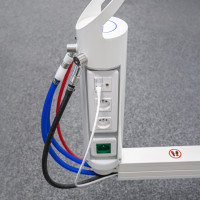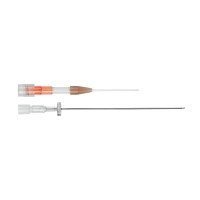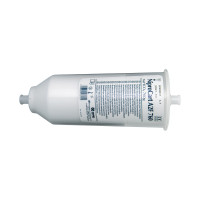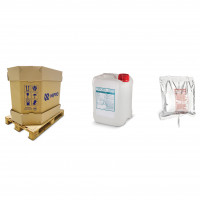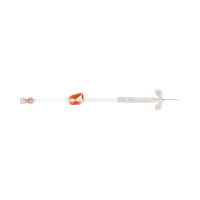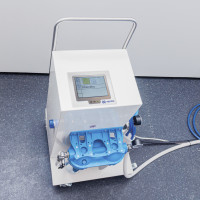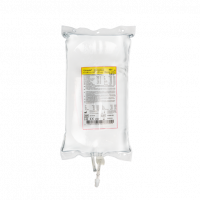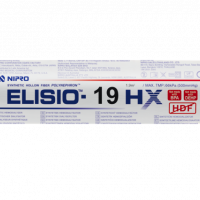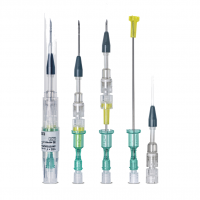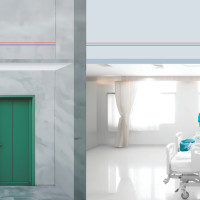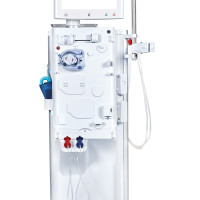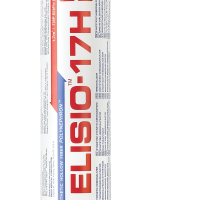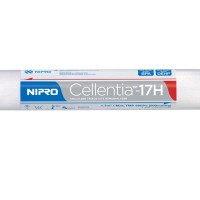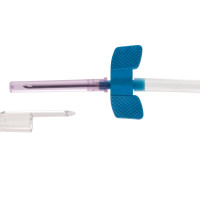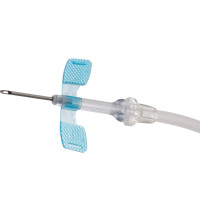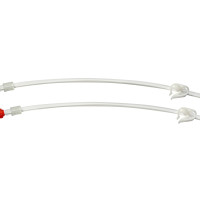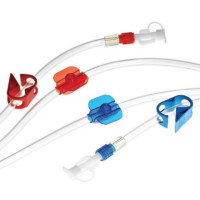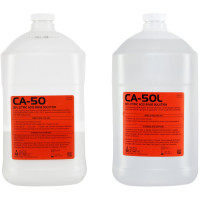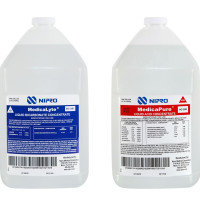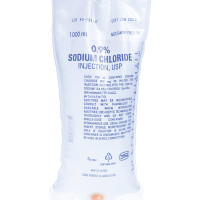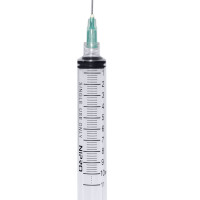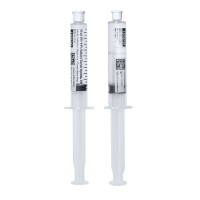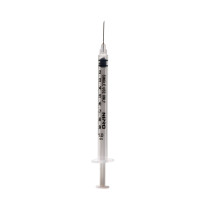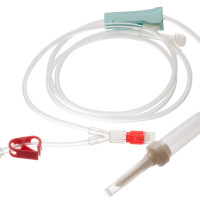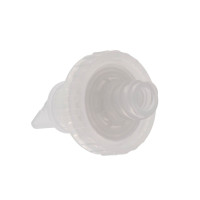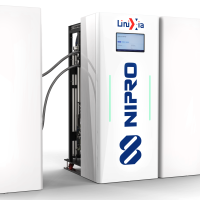

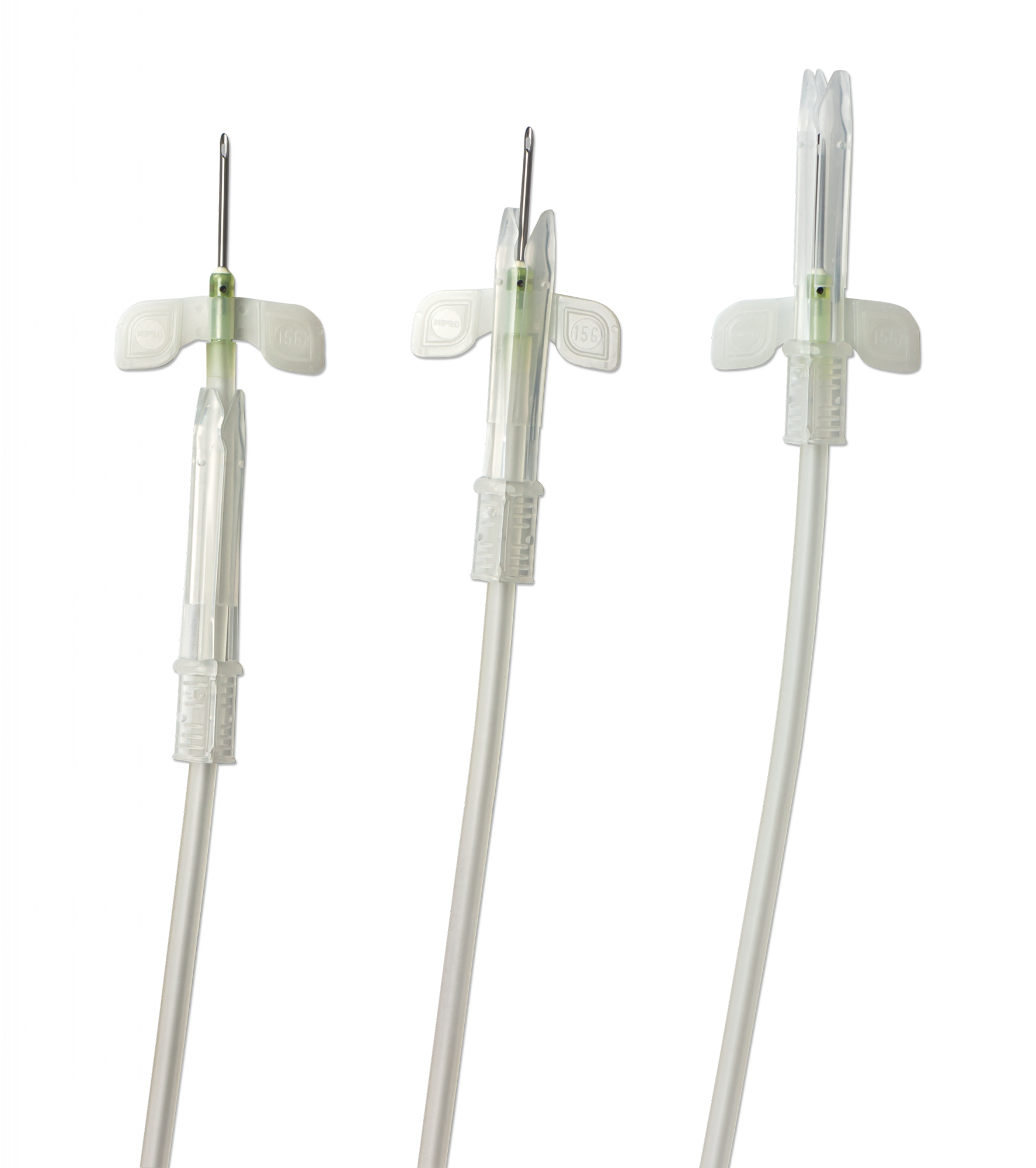
Nipro’s Biohole Safetouch Tulip AVF needles are intended for the buttonhole technique, with the added protection of a nonreversible safety mechanism.
With the possibility of one-handed activation, this blunt AVF needle is designed to reduce the risk of needle stick injuries (NSI) while ensuring a less painful puncture – Offering you the benefits of the buttonhole technique with a safe option for all.
- Siliconized dull needle reduces pain compared to the rope-ladder technique1-5
- Minimizes potential needling error and hematoma formation 4, 6, 7
- Less AVF complications: reduces aneurysm formation and only two puncture sites required 4
- Decreases bleeding time 8-10
- Reduced risk of needle stick injuries thanks to a nonreversible mechanism
- Active Tulip safety feature using a one-handed technique
- Unique locking mechanism confirmed by tactile “click”
- Ultra-thin wall for optimal blood flow
- Textured, turnable of fixed, color-coded wings
- Color-coded occlusion clamp and tapered luer
- Includes scab remover
- Latex-free, not made with DEHP
- Gamma sterilization
Footnotes
- Toma S. A timesaving method to create a fixed puncture route for the buttonhole technique; Nephrology dialysis and transplantation. 2003
- Sukthinthai N. Buttonhole technique better than area puncture technique on hemostasis and pain associated with needle cannulation; J. Med. Assoc. Thai. 2012
- Kim MK. Clinical effects of buttonhole cannulation method on hemodialysis patients, Hemodial. Int. 2013
- Twardowski Z. Different sites versus constant sites of needle insertion into arteriovenous fistula for treatment by repeated dialysis. Dial Transplant. 1979
- de Castro MC. Arteriovenous fistula cannulation by buttonhole technique using dull needle; J. Bras. Nefrol. 2010
- Verhallen AM. Cannulating in hemodialysis: rope-ladder or buttonhole technique?; nephrology dialysis transplantation. 2007
- van Loon MM. Buttonhole needling of haemodialysis arteriovenous fistulae result in less complications and interventions compared to the rope-ladder technique; Nephro Dial Transplant. 2010
- Infectious complications in dialysis – epidemiology and outcomes. Nature Reviews Nephrology, 8, Feb 2012
- Parisotto MT, et al. Cannulation technique influences arteriovenous fistula and graft survival. Kidney Int. 2014
- Council Directive 2010/32/EU – Prevention from sharp injuries in the hospital and healthcare sector.
- Needles and cannulas for arteriovenous fistula access: More options promote better Outcomes. National Kidney Foundation.2016
Specifications
| Arterial Needle** | Venous Needle** | Size (Gauge) | Needle Length (mm) | Tube Length (mm) | Color |
|---|---|---|---|---|---|
| AVDT1425-HTC-30RGT | AVDT1425-TC-30BGT | 14 | 25 | 300 | |
| AVDT1432-HTC-30RGT | AVDT1432-TC-30BGT | 14 | 32 | 300 | |
| AVDT1525-HTC-30RGT | AVDT1525-TC-30BGT | 15 | 25 | 300 | |
| AVDT1532-HTC-30RGT | AVDT1532-TC-30BGT | 15 | 32 | 300 | |
| AVDT1625-HTC-30RGT | AVDT1625-TC-30BGT | 16 | 25 | 300 | |
| AVDT1632-HTC-30RGT | AVDT1632-TC-30BGT | 16 | 32 | 300 | |
| AVDT1725-HTC-30RGT | AVDT1725-TC-30BGT | 17 | 25 | 300 | |
| AVDT1732-HTC-30RGT | AVDT1732-TC-30BGT | 17 | 32 | 300 |
Downloads

